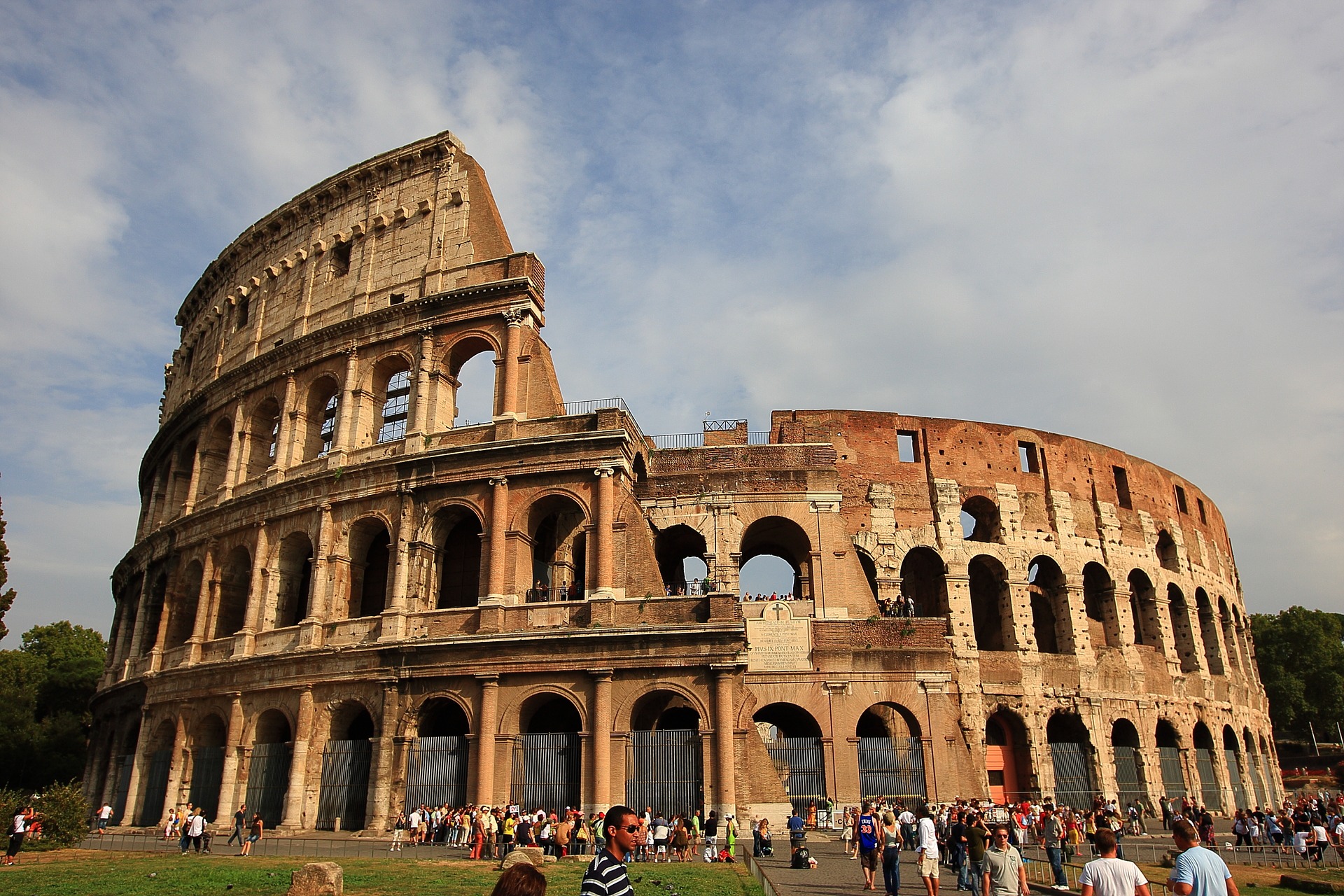Portugal tourism has been enjoying a great momentum since early 2025. In January, Portugal recorded a footfall of 1.6 million. In April, the count increased to 2.9 million.
Furthermore, the country’s tourism revenue reached €571.1 million in April 2025.
Portugal’s Golden Visa Policy has done the magic.
Also, the famous Portuguese architecture and historical sites play a crucial role in making tourism in the country so happening. Can you believe that the government has 24 UNESCO World Heritage Sites?
However, all these historic sites need preservation and rejuvenation, and the Portuguese real estate industry is doing a brilliant job of restoring these iconic landmarks.
As a cultural explorer and a travel writer, it gives me great pleasure to see how the UNESCO World Heritage Sites of the country, such as The Old University of Coimbra or the municipality of Sintra, are getting a fresh new lease of life backed by the real estate industry.
Here’s more on the iconic Portuguese architecture and landmarks restored by real estate endeavors. Also, I will discuss how the real estate industry is making it possible.
What Are The Famous Portuguese Architecture And Historic Landmarks Restored Recently?
- Restoration
- Development
- Investment
- Adoption for commercial use
These are some of the major ways to keep the historic Portuguese architecture and sites alive.
Also, the most notable contributions in the real estate industry to the restoration of historical architecture have been noticed in cities such as Porto and Lisbon.
Furthermore,along with redefining luxury living in Portugal for tourists, the real estate industry is conducting restoration works focused on seeking investments from high-end users for the growth of the luxury real estate market.
Nevertheless, in this article, the focus is on the famous Portuguese architecture and places undergoing restoration for a cultural tourism boost and preservation for posterity.
1. The University Of Coimbra
The University Of Coimbra is a UNESCO World Heritage Site. It has undergone major restoration efforts.
2. Jerónimos Monastery
The World Monuments Fund (WMF) and the Portuguese Cultural Heritage authorities have joined hands for the restoration of the Jerónimos Monastery.
Wear and tear from tourism and water damage have been the primary forces causing harm to the monastery’s architecture.
Nevertheless, after relentless restoration work from the 1990s to early 2025, the Jerónimos Monastery has opened its gates to visitors.
I have no data supporting the direct involvement of the country’s real estate industry in the restoration work. However, my local friends and tourist guides vouch for the contribution of direct and indirect real estate investments and involvement in the process.
3. Belém Tower
The iconic Belém Tower, a UNESCO World Heritage Site, is now undergoing restoration work. It is closed for public viewing.
Along with the direct benefit thanks to real estate developments, the Belem Tower is also getting the indirect benefits of real estate developments in the area.
4. Sintra
Sintra is a UNESCO World Heritage Site. It has many historical gardens and palaces, which are attracting high-end development efforts for rejuvenation.
5. Elvas
Elvas, with its fortifications, is one of the iconic landmarks of the country where restoration activities are going on.
The restoration activities here include rejuvenating the buildings and the Portguese architecture of the historical center.
The restoration of these historic sites functions as a mutual benefit for the real estate and tourism industries of the country.
To explain further,
- Restoration of these historic buildings and places boost tourism.
- Also, with tourism growth in a particular area, new real estate developments take place.
How Is The Real Estate Industry In Portugal Helping To Restore The Famous Portuguese Architecture?
The real estate industry of Portugal is putting much emphasis on traditional styles and materials while restoring the famous Portuguese architecture.
Furthermore, while developing new buildings and accommodations in these areas, the local real estate developers are keeping the cultural and local contexts in mind.
We can call it a way of modernization with respect for the past. Especially when transforming famous Portuguese architecture into luxury resorts or hotels, real estate developers are ensuring a fusion of heritage and modern comfort.
For example, the Diário de Notícias in Lisbon is now 266 Liberdade. Also, the São Lourenço do Barrocal estate, now known as a luxury hotel and retreat.
Moreover, the real estate developers of Portugal are showing their interest in these famous Portuguese architecture thanks to increased government support. The table below explains the incentives offered by the government of Portugal for the restoration of historical architecture and places.
| Government Incentives to Restore Portuguese Architecture | Benefits |
| Tax Credits | You will get tax benefits if the restoration work comes under the Urban rehabilitation programs. |
| Financing and Subsidies | • Rehabilitation work • Restoration of urban areas • Preserving historical heritage |
| Tax Breaks | You don’t need to pay a transfer tax if you are buying ruins in designated areas and refurbishing them. |
| Grants and Low-Interest Loans | Low-interest grants and loans for the restoration of listed or designated buildings. |
What Are The Most Prominent Efforts To Restore Portuguese Architecture And Historical Places So Far?
Along with the ongoing tax benefits and incentives, many government initiatives and endeavors of the leading global authorities have been helpful in restoring the famous Portuguese architecture.
1. IFRRU 2020
So far, it is the largest ever program in Portugal to support renovation and boost energy efficiency of the buildings.
The financing capacity of the building was 1.4 billion euros.
2. Long-Term Strategy For Building Renovation (LTRS)
This is a national and global endeavor to achieve carbon neutrality and better energy efficiency by improving the existing Portuguese architecture and buildings.
3. PIN Projects
The Project Recognition and Monitoring System (PIN) is a wonderful program that identifies projects for national interest.
Thus, a real estate developer can identify the projects for investments and earn incentives.
4. European Union Funding
The European Union supports Portugal’s Recovery and Resilience Plan. This plan involves the restoration of various buildings in Portugal.
However, in this plan, the focus is more on the renovation and preservation of the residential buildings.
So, overall, it is not just the real estate industry; the government and other authorities of the country are working for the restoration of Portuguese architecture and homes.














